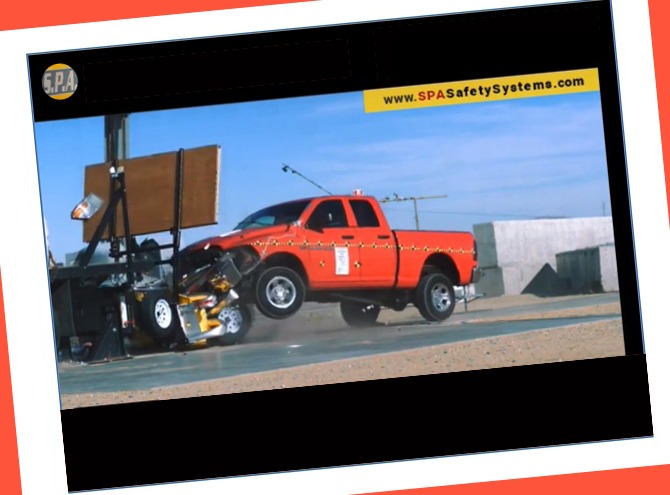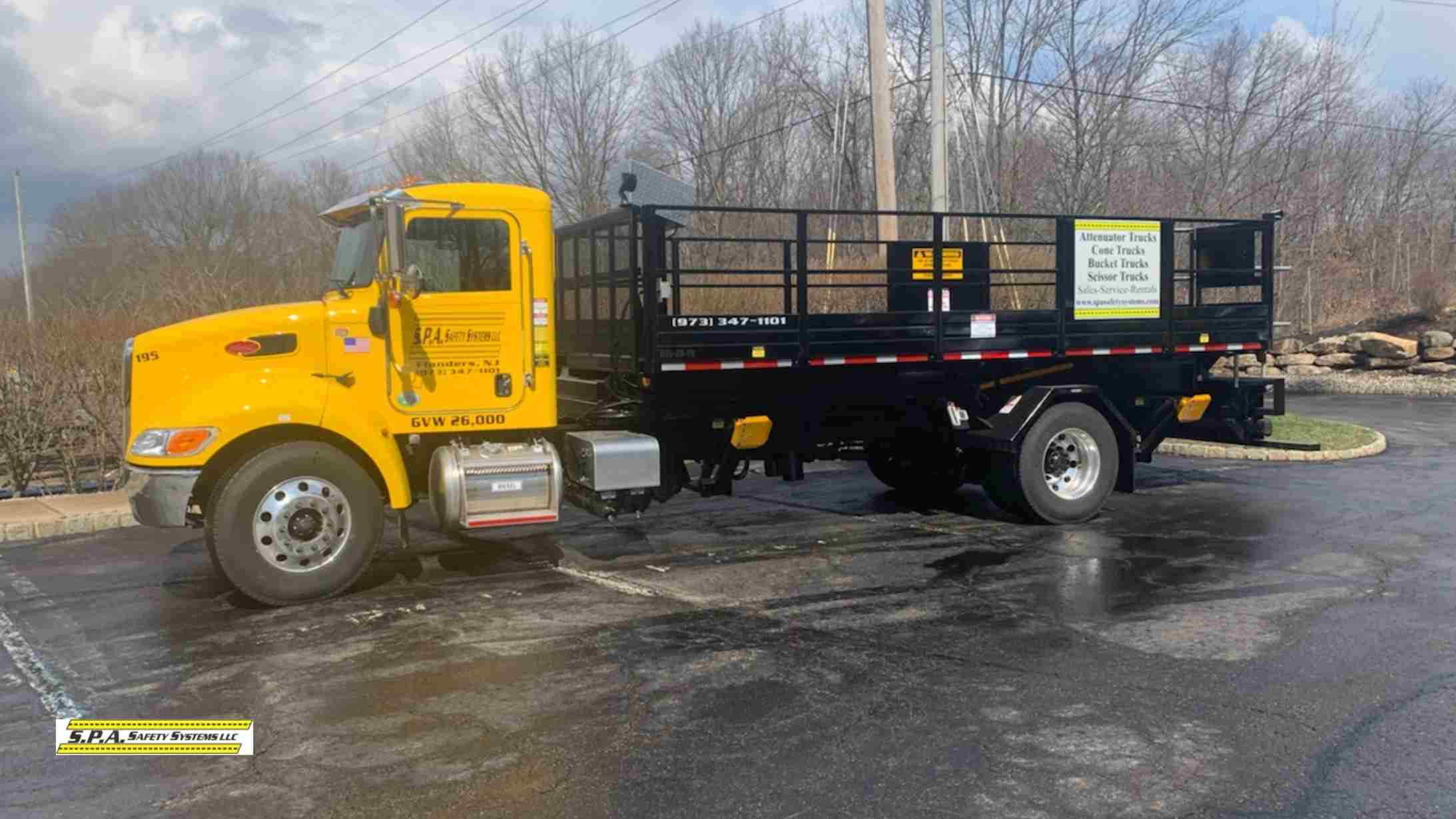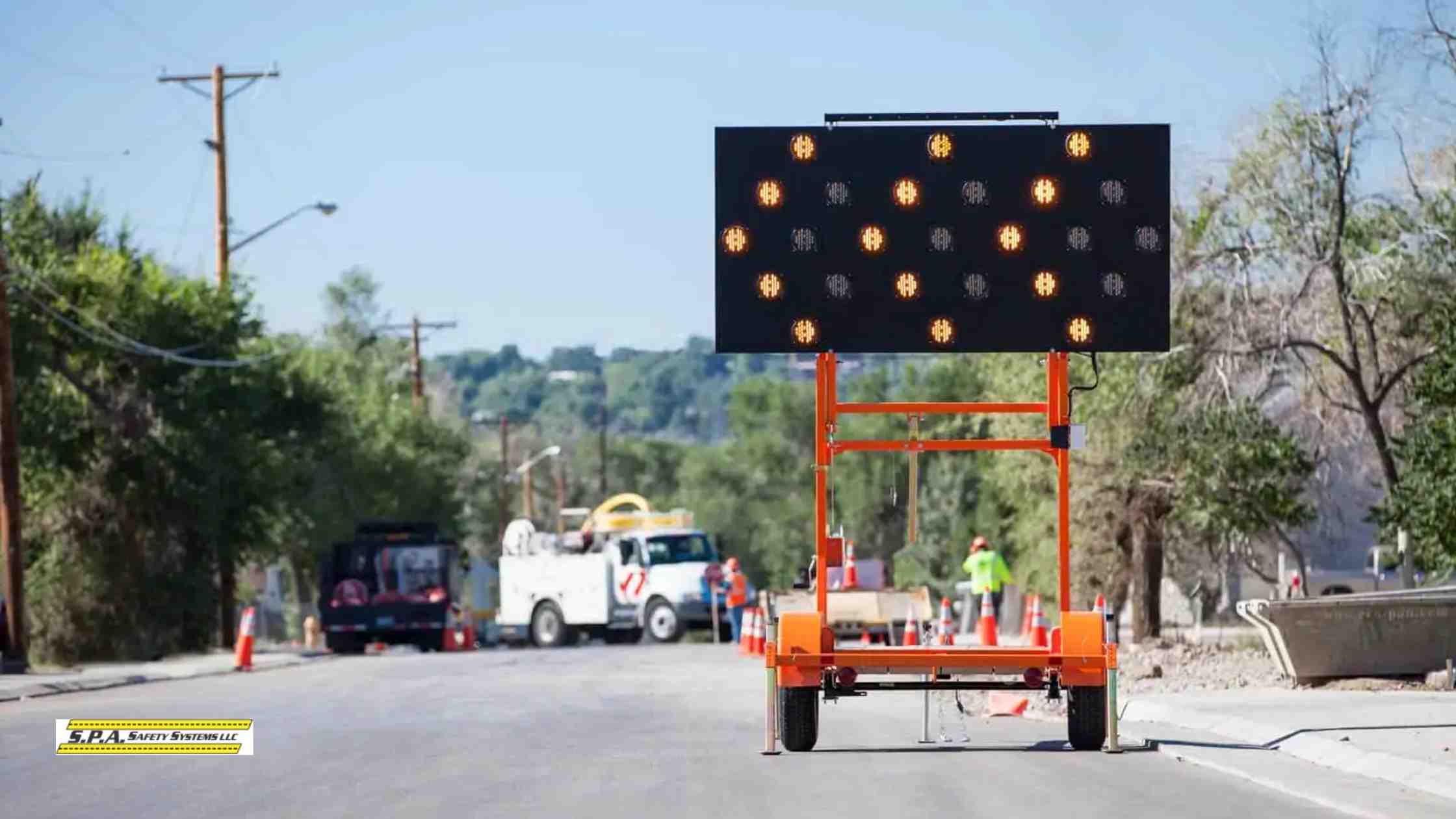10 Suggested Steps to Take When Planning to Use Portable Positive Protection
Developed by ATSSA for the FHWA Work Zone Safety Grant Program
The following list shows a collection of steps to follow in implementing portable positive protection.
This list can be applied to either towable devices or steel barrier sections already staged on the roadside for future use. Many strategies are possible and those that are intended should be defined in the contract plans and provisions or as well detailed temporary traffic control plans (TTCP).

(1) Identify crew members who will perform the work and those who will assist with traffic control. A responsible person, such as the Traffic Control Supervisor or Agency Inspector may be charged with this duty.
(2) Organize crew members and meet ahead of the scheduled operation to discuss the deployment. Be sure that manufacturer guidance is reviewed and understood in light of State and local requirements. Some agencies follow a Pre-Activity Safety Plan process, which is a best practice approach and may include an assessment for portable positive protection. TTCPs should be available for all involved and written instructions may be needed for some activities.
(3) Ensure that the necessary equipment is available to perform the work activities. The Traffic Control Supervisor and Agency Inspector should refer to an equipment list developed from equipment shown on the TTCP.
(4) Develop and/or review site-specific TTCPs for location of work, type of work activity, time of day and potential lighting needs, safe stopping locations, positioning of semi-trailers for unloading devices, and other temporary traffic control devices such as signs and arrow boards that will accompany the installation.
(5) Review the existing traffic data for the work location and analyze the project’s effect on traffic flow, including the potential for queuing, speed variability, and the potential hazards associated with slowing traffic as the device is put into place. The higher the traffic levels, the more benefit in reduced exposure to offset cost of the portable positive protection. Work hours may need to be established to minimize traffic impacts.
(6) For a right-lane closure it may be necessary to stop on the shoulder in advance of the work space to find the appropriate gap in traffic where the lane can be closed safely, in keeping with accepted safety practices.
(7) For a left lane closure, consider the limited inside shoulder area and how the operation will be initiated, including ground placement of advance warning signs, if applicable. This setup may require a mobile lane closure if the inside shoulder is narrow (especially if a median wall exists) and advance warning signs are placed on the ground instead of or in addition to using vehicle-mounted signing.
(8) Consider potential lateral and longitudinal displacement and leave room in the event that lateral deflection occurs when a vehicle strikes the protection device. A lateral buffer space may need to be established, usually one lane width.
(9) When using trailers, consider slightly angling the cab/tractor away from the side where traffic will pass. This may help avoid cab/tractor impact from an errant vehicle as it travels down the outside of the trailer in the event of impact. When in operation, ensure that a truck mounted attenuator is lowered into place, if applicable.
(10) Once the operation is complete, all materials and tools are removed from the site, and all personnel are accounted for in the vehicles, use radio communication from the upstream vehicle (advance warning or shadow vehicle) to determine the appropriate timing for moving the operation back into the flow of traffic and opening the lane. For steel barriers, it may be possible to move the sections back to the shoulder prior to loading back onto a removal vehicle.


“Portable Positive Protection: A Guide for Short Duration and Short Term Work Zones.” The National Work Zone Safety Information Clearinghouse, Developed by ATSSA for the FHWA Work Zone Safety Grant Program, Sept. 2015, www.workzonesafety.org/training-resources/fhwa_wz_grant/atssa_portable_positive_protection/.








